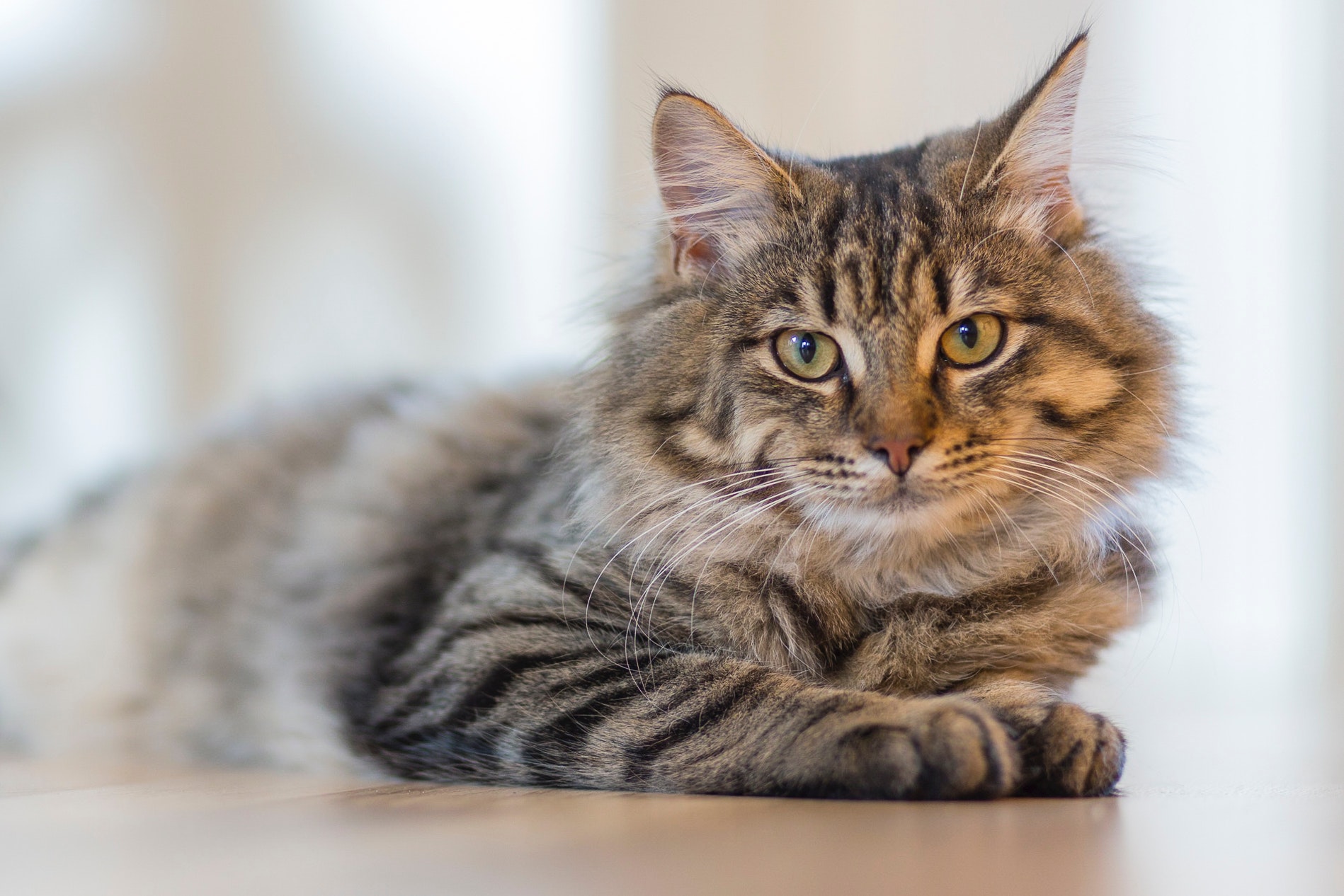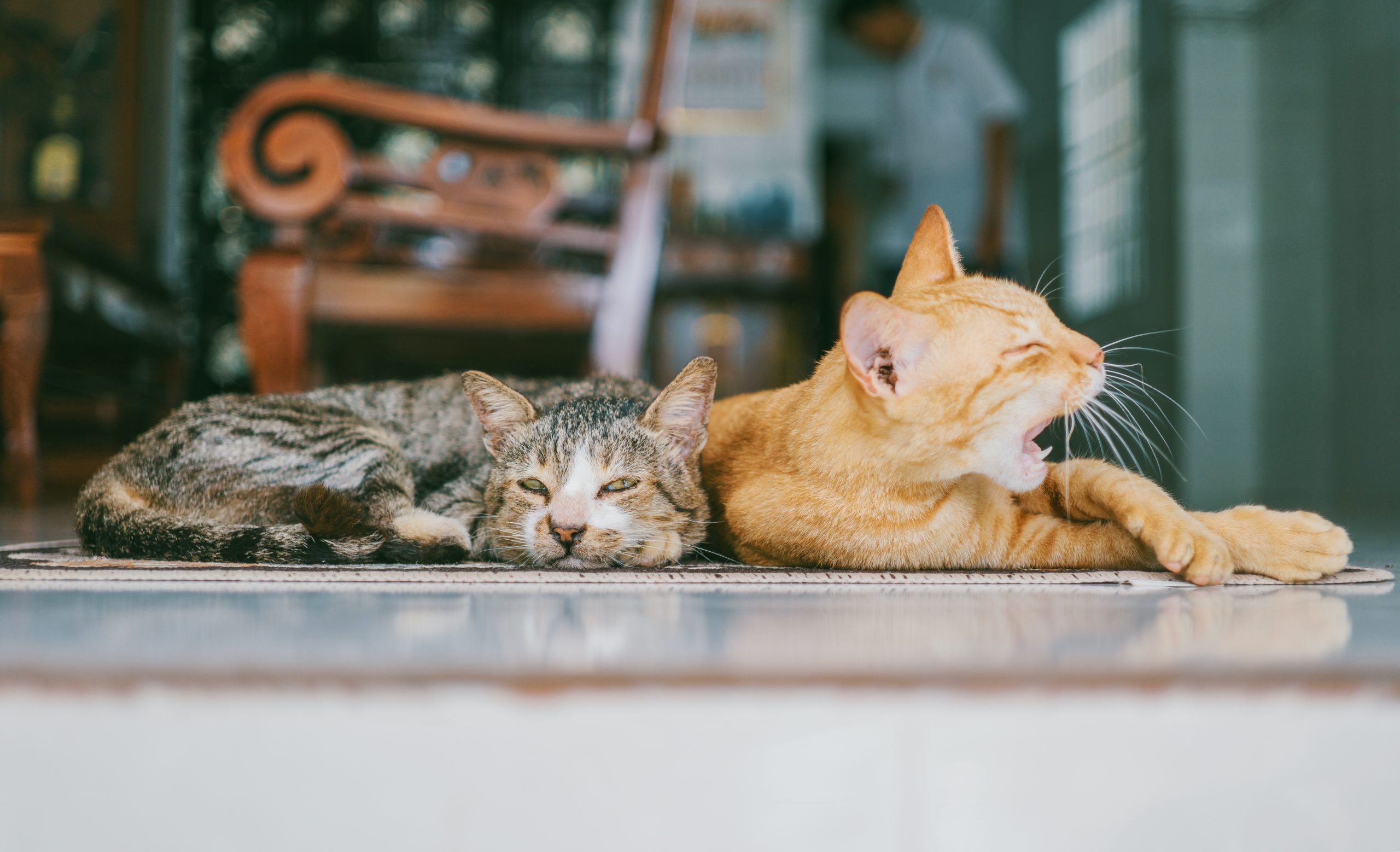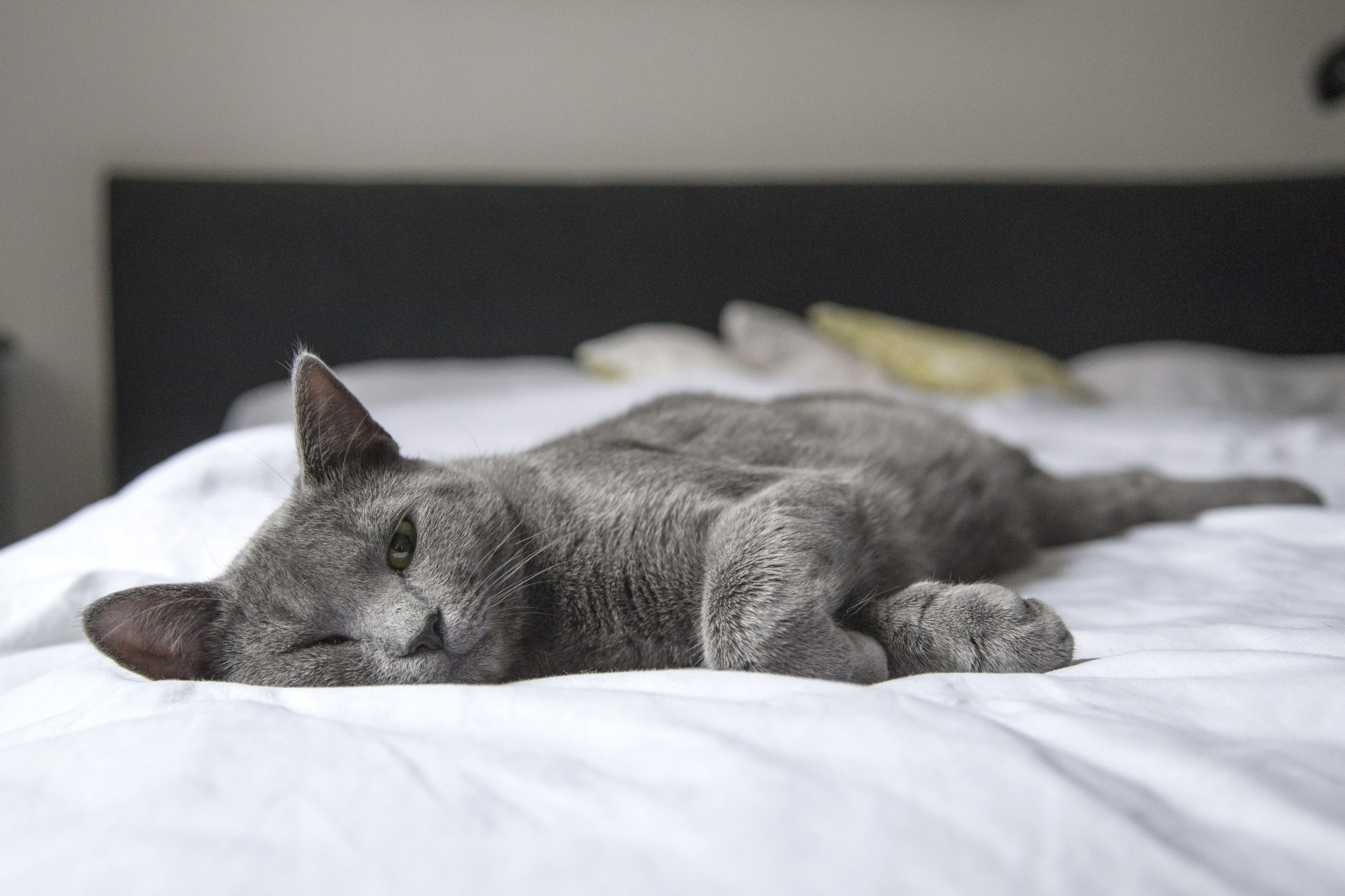Obtaining a urine sample
Cats are not always very amenable to providing test material, and each cat used a different technique. Some cats always urinate on the way to the vet, so careful pre-cleaning of the cage and clever plastic placement will often supply a sufficient sample for Urine Dipstick and Specific Gravity tests (though it is not good enough for bacterial culture).
Other cats, kept indoors for a couple of hours, will hang on long enough to get to the vet’s, and will then be ‘encouraged’ to provide the sample with gentle squeezing of the bladder and catching the urine in a dish. The remainder need to spend a few hours in the hospital, and once their bladder has filled, the vet can perform a ‘cystocentesis’ (getting urine through a needle and syringe placed through the abdominal and bladder walls and drawing it out direct – essential if the sample is to be cultured).
For regular urine testing, or with ‘difficult cats’, the owner can place aquarium gravel in the litter tray, and then draw off the urine. Again not sterile, but very useful.
Diabetes Mellitus in cats
Well, the odds were against it, but all three were diabetic! We usually only see one or two diabetics in a whole year, and here were three together! Diabetes Mellitus is a metabolic problem, where the regulation of the blood glucose is no longer controlled properly by the various hormonal mechanisms. The result is that the cat is ‘starving in the face of plenty’ – it is digesting food, turning it into useful units (glucose), but then cannot get the glucose into the body cells that need them. Instead, the glucose flows out of the kidneys, taking extra water with it and stimulating thirst. It is the increase in urine that causes the drinking, not the other way around.
‘Millie’s’ case
In fact, one of the early symptoms of diabetes is urinating outside the litter tray, and that was the reason ‘Millie’ was presented at the clinic. Her diabetes is not very severe, and so although we started her on insulin (yes, exactly the same insulin, but a very tiny dose, compared to humans), we expect that if we clear up the bladder infection and get her to lose weight, she may well be able to manage without insulin in the longterm.
‘Eddie’s’ case
‘Eddie’, on the other hand, had already lost 30% of his body weight, and was starting to become a sick cat. His kidneys were also failing, so the urine specific gravity was low. To try and juggle excess drinking due to the diabetes , and lose water because the kidneys were no longer doing much work, seemed like a lot to ask of a venerable cat, and the owner elected to let Eddie ‘go’, so we put him to sleep.
‘Nightowl’s’ case
The third diabetic, ‘Nightowl’, had an unusual presentation where she was quite ill a couple of weeks before with a bit of vomiting and some abdominal pain. Symptomatic treatment (painkillers and subcutaneous fluids) helped her along, and although we suspected pancreatitis, there is no definitive test in cats so we had to wait and see. A couple of weeks later she started drinking more and there was glucose in the urine, so she is now on insulin and, once again, there is a fair chance that she will recover and compensate sufficiently to go off the insulin.
What is the outcome for cats with diabetes?
Diabetes in cats, in particular, is a tricky disease (it resembles human Type II Diabetes Mellitus for those who know the details of the disease) because it mimics other problems, is not especailly common, and is often transient in that the need for insulin often reduces or finishes (however, once the ‘glucose spiral’ starts, treatment with insulin is essential as the problem will not go away on its own).
However, if the cat’s only problem is the diabetes, as long as the owner has the time and commitment to give insulin injections twice a day, then the outcome is often quite good! So, if your elderly feline friend starts to spend more time at the water bowl, get him/her to the vet – and try to organise some urine as having it available speeds up the diagnostic process considerably!
About the Author
Dr. Kim Kendall BVSc MACVSc (Cat Medicine and Animal Behaviour) is one of Australia’s and the worlds best known Cat Vets.
Since 1994 her dedicated cat-only veterinary, boarding and grooming centre, The Chatswood Cat Palace has been based on Sydney’s North Shore.
Kim loves cats, and wants the best for them, using science to back up intuition and passion for feline health. She is also a pioneering expert in the field of Feline Friendly Care at home and at the vet clinic and has written extensively on the subject. Read more



